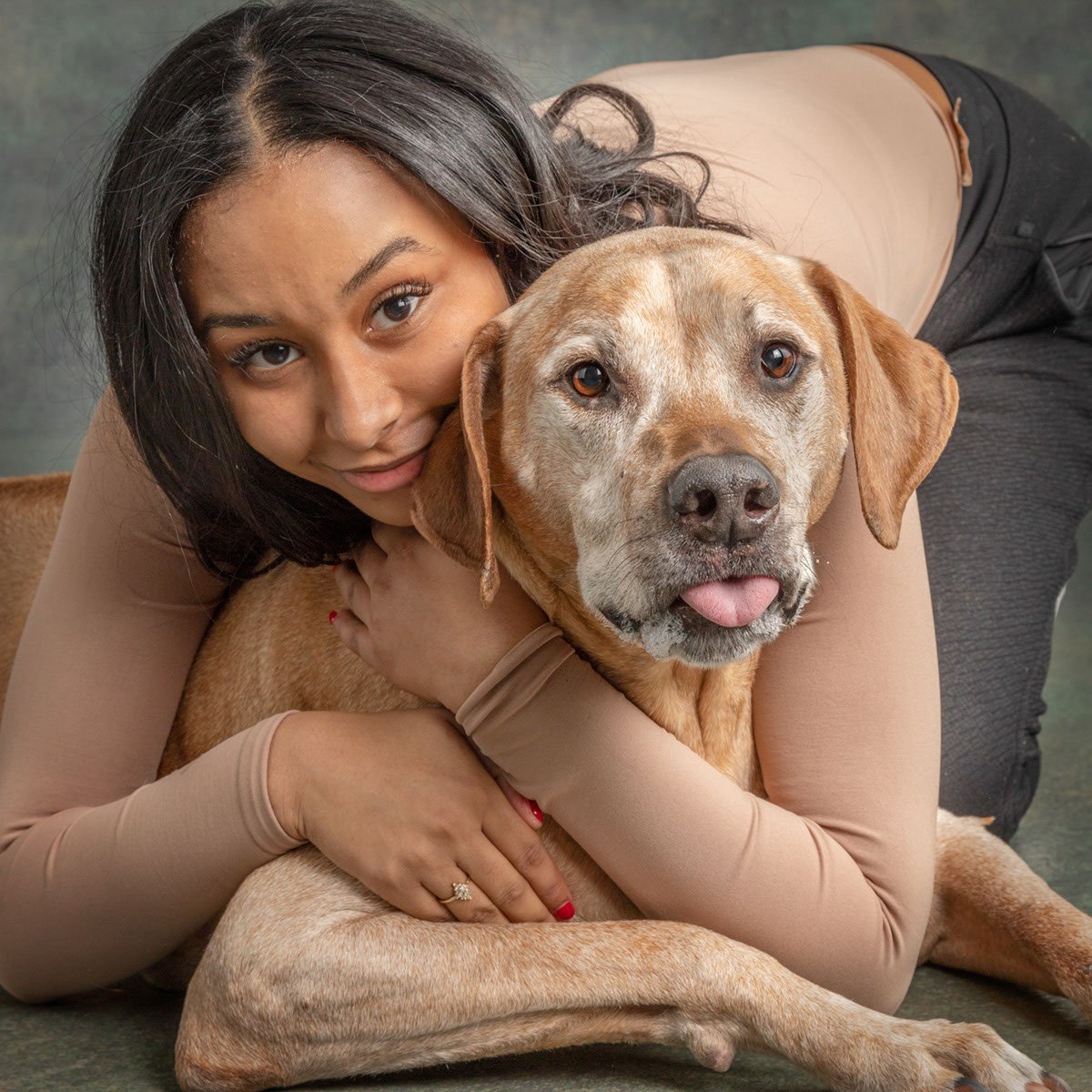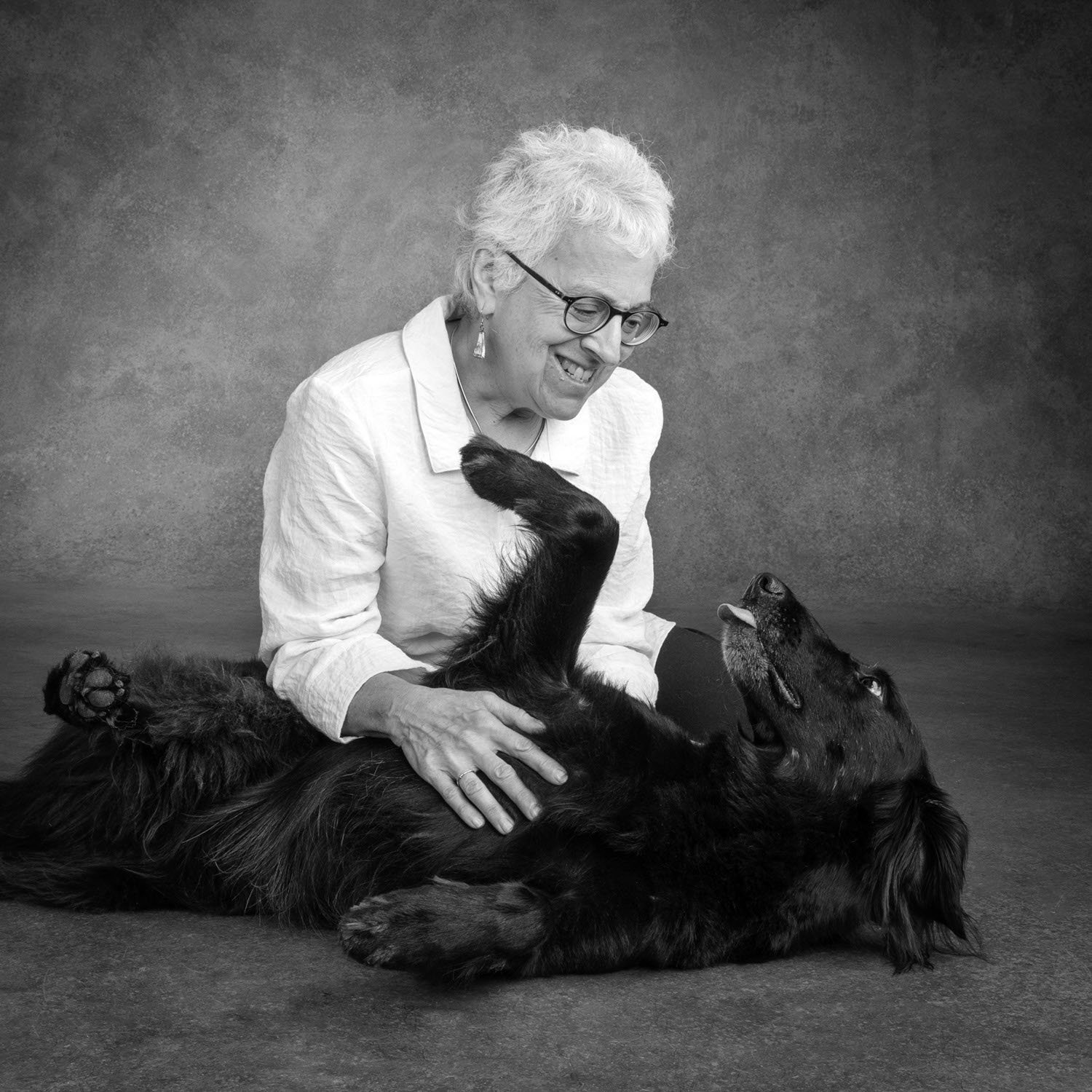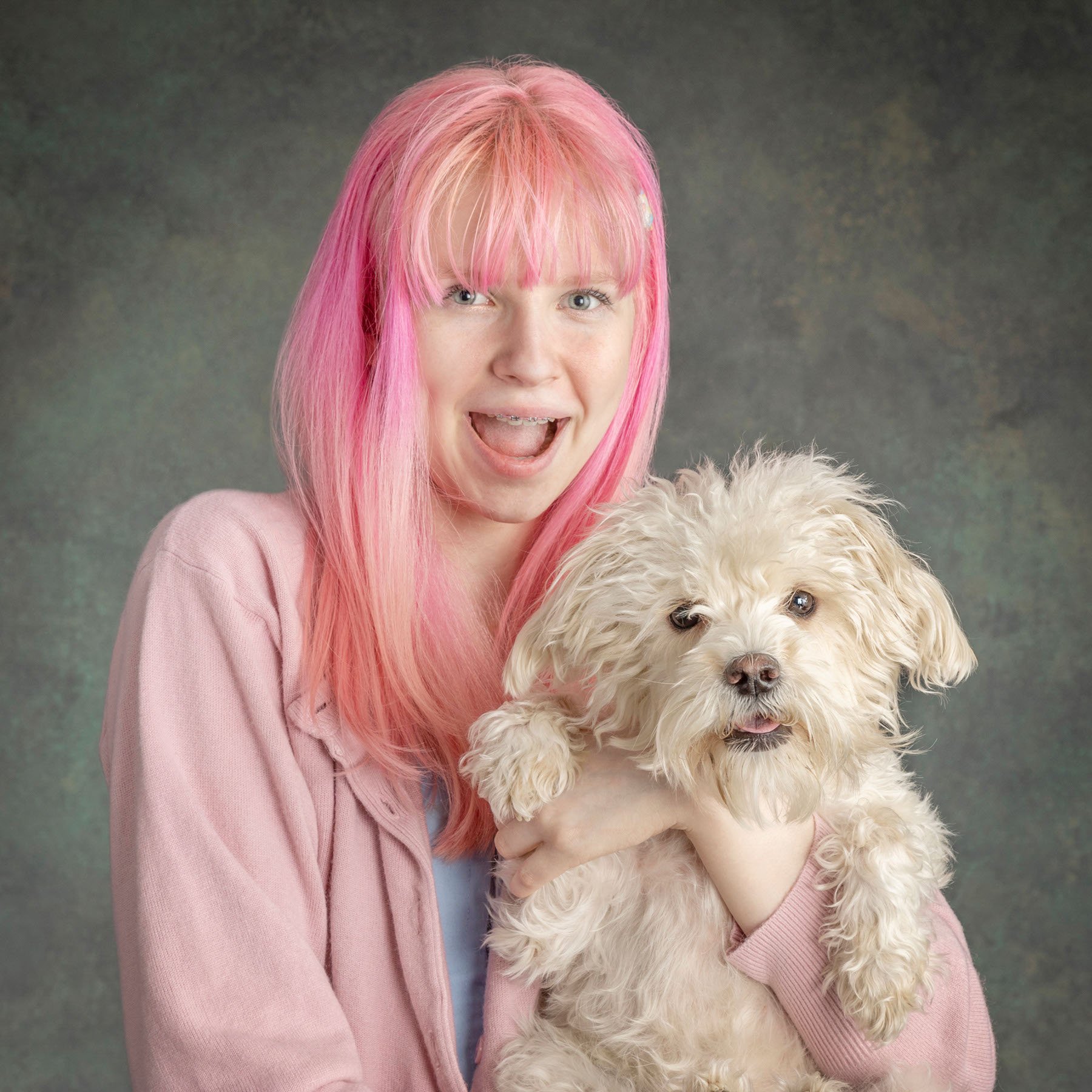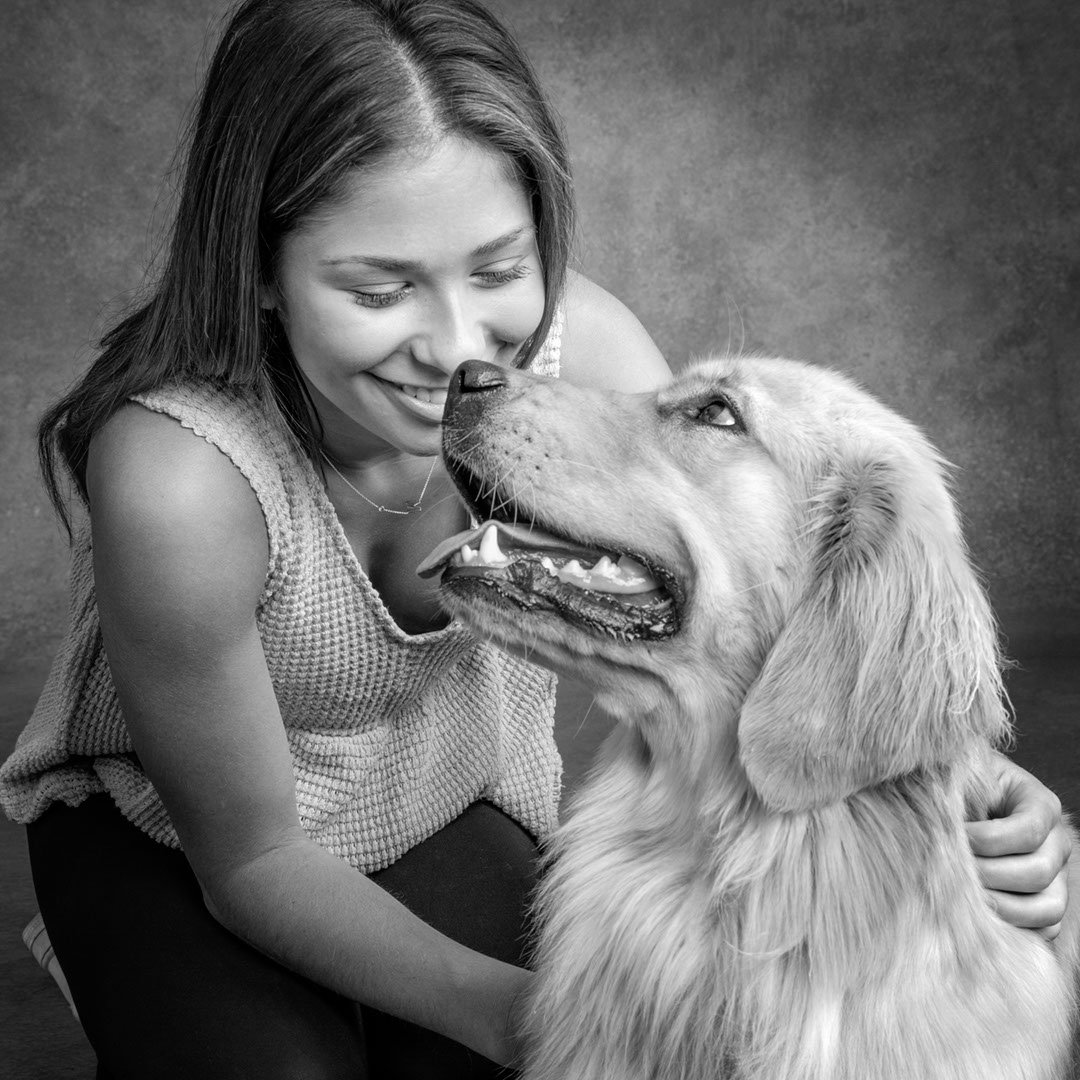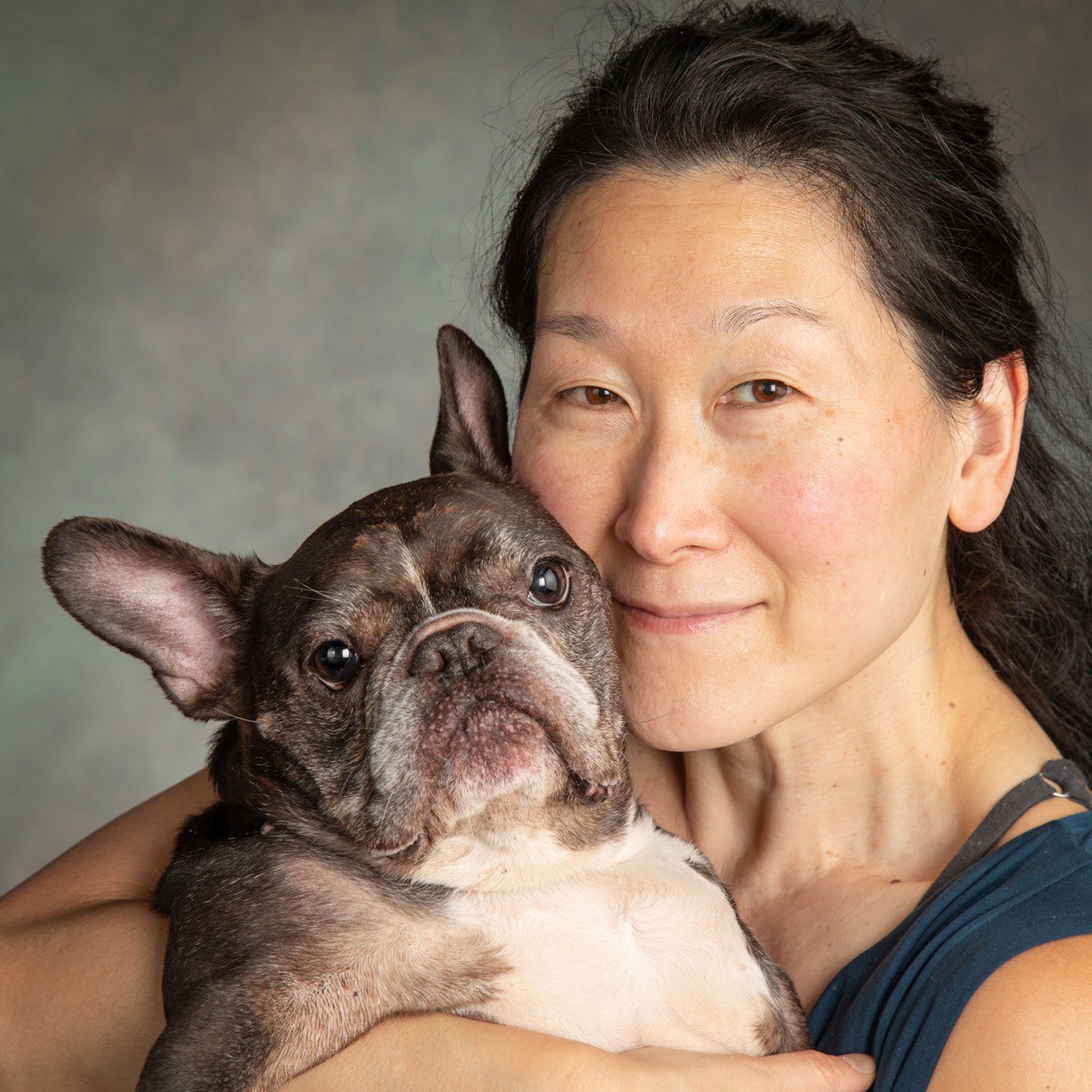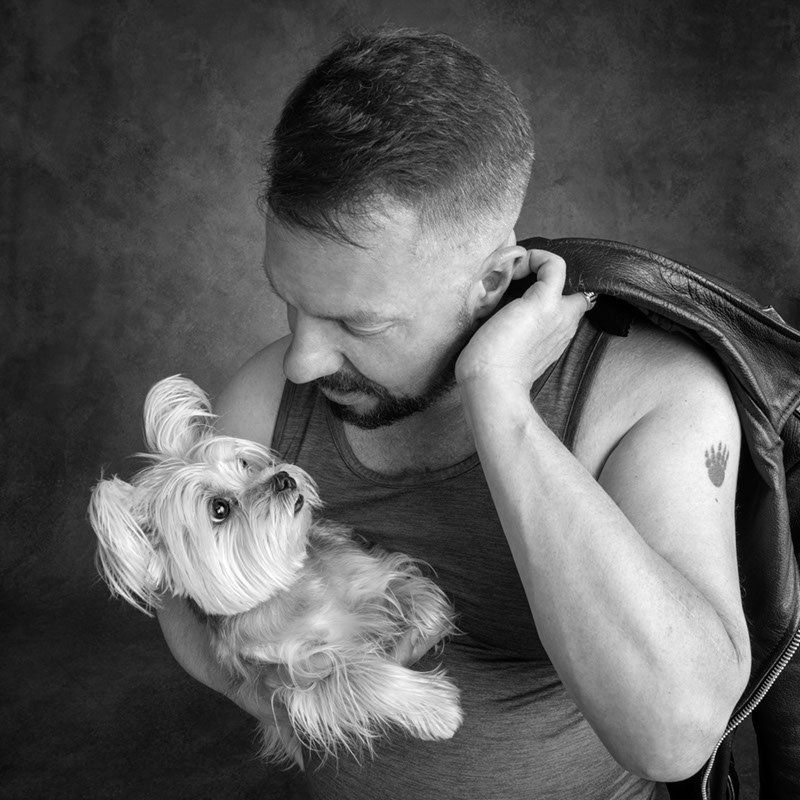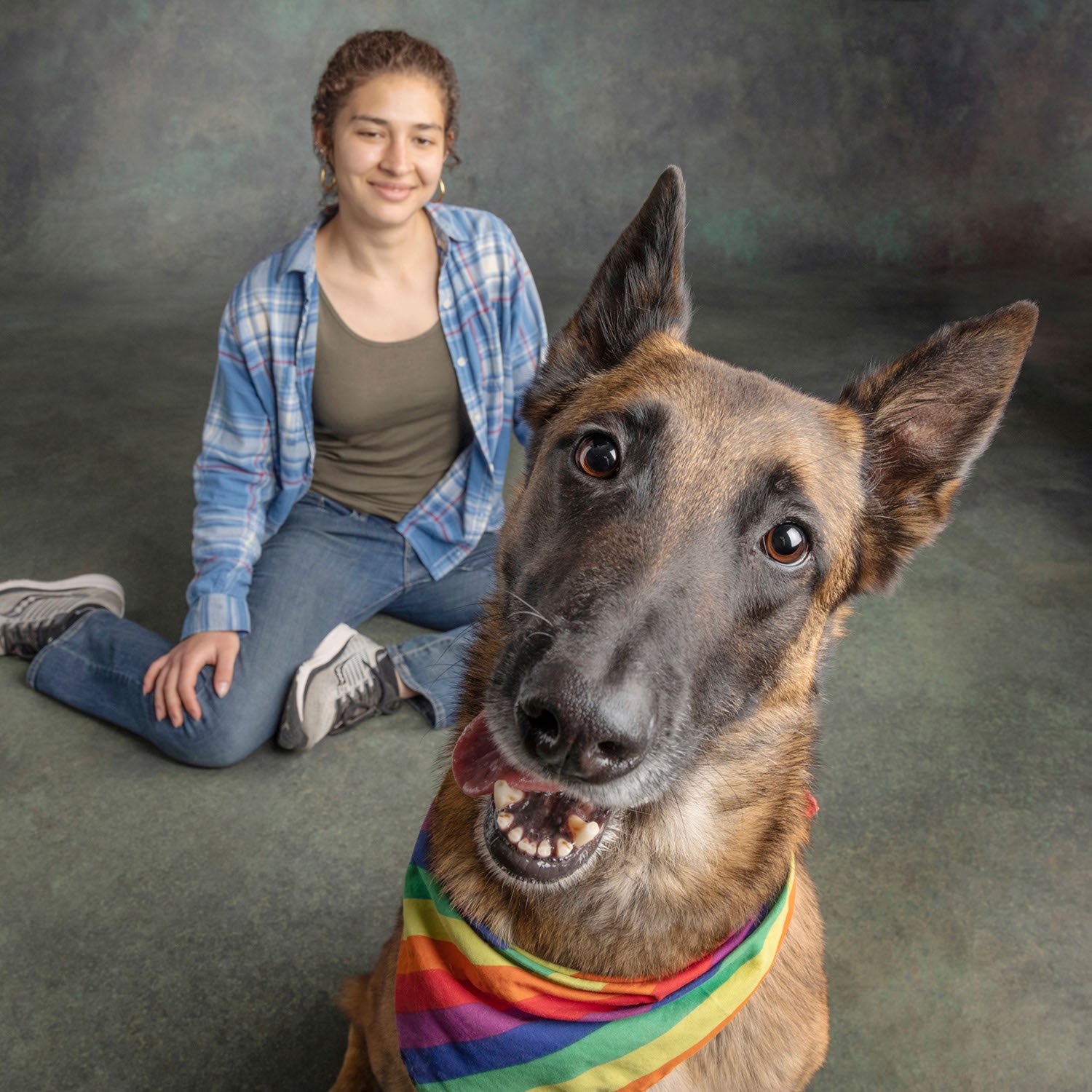Stepping out of today's fast-paced and often stressful world can seem impossible — that is, without a furry companion. While we feed, house, and walk our pets, the unconditional love, companionship, and support they give us in return has profound benefits for human mental health and well-being. This blog post highlights how pets uplift our overall happiness and emotional resilience to create a lasting paw-sitive influence on our lives.
Pets reduce stress: Have you ever noticed how calm you feel after petting a dog or cat? It’s no coincidence. Studies show that interacting with pets can help lower blood pressure and alleviate feelings of anxiety and tension by triggering the release of feel-good hormones like oxytocin, serotonin, and dopamine. Whether it's cuddling with a cat, playing fetch with a dog, or watching fish loop through coral, spending time with pets provides a welcome respite from the demands of daily life.
Pets expand our social circles: Pets are wonderful companions, offering unwavering love and comfort to their human counterparts. Their presence alone can reduce feelings of loneliness and depression, but they also create opportunities for human interactions. Whether it's striking up a conversation with fellow dog owners at the park or bonding with coworkers over puppy photos, pets help foster a sense of community.
Pets get you off the couch: There’s no workout regimen like chasing down a loose dog. But even when dogs are trained, they promote regular physical activity by providing motivation and companionship on walks, jog, and hikes. By getting their owners outside, pets help their humans make a routine of spending time in nature and taking daily movement, both of which are linked to reduced stress and improved mood. Unlike a New Years resolution, pets hold us accountable to our mental and physical health goals.
Pets are great listeners: Pets have remarkable intuition and empathy, which provides emotional support during adversity and distress. Whether it's coping with the loss of a loved one, navigating a life transition, or dealing with a mental health condition, pets offer a non-judgmental presence and unconditional love. Their silent yet powerful support helps alleviate sadness, anxiety, and loneliness, giving us a sense of purpose and meaning to help us muster resilience in the face of adversity.
Taking care of a pet takes care of you: Even on our least motivated days, pets hold us accountable to maintain our routines. Caring for a pet comes with a rewarding sense of purpose and responsibility. The daily tasks of feeding, grooming, and providing affection to our pets help us establish structure in our lives. Being in charge of a pet’s well-being reminds us how compassion, empathy, and unconditional love color our interactions.
Pets have undeniable benefits on human mental health and well-being. From reducing stress and promoting relaxation to providing companionship and emotional support, our furry friends enrich our days with their mere existence. When we nurture the bonds we share with our pets, we cultivate relationships built on love, trust, and understanding — the building blocks for mental health and emotional resilience.
—Lindsey Bynam



